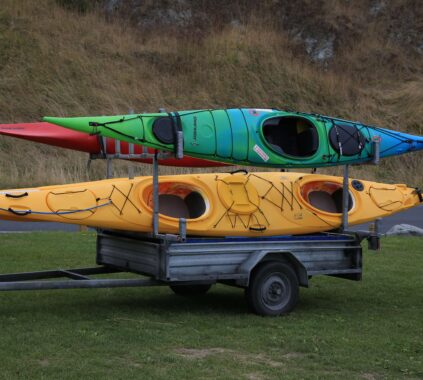
Introduction:
Bcd for scuba diving. We understand the importance of finding the right equipment to enhance your diving experience. In this guide, we will provide detailed insights and expert recommendations to help you make an informed decision when selecting a BCD (Buoyancy Control Device).
Understanding the Importance of a Quality BCD
Bcd for scuba diving is an integral part of a scuba diver’s gear, as it provides buoyancy control and holds essential equipment such as the tank, regulator, and weight system. Selecting the right Bcd for scuba diving ensures comfort, safety, and efficient underwater maneuverability. Let’s dive into the key factors when choosing a BCD that suits your diving needs.
Types of BCDs:
1. Jacket Style BCDs: This type of Bcd for scuba diving resembles a traditional jacket and is ideal for beginners and recreational divers. It provides excellent surface buoyancy and multiple adjustment points for a secure fit.
2. Backplate and Wing BCDs: These Bcd for scuba diving offer streamlined design and enhanced freedom of movement. They are popular among experienced and technical divers who prefer a minimalist approach.
3. Hybrid BCDs: Combining features from both jacket style and backplate and wing BCDs, hybrid Bcd for scuba diving offer versatility and adaptability to different diving conditions. They are suitable for divers who want the best of both worlds.
Key Features to Consider:
Lift Capacity:
The lift capacity of a BCD determines how much weight it can support. Choosing a BCD with adequate lift capacity is crucial to accommodate your body weight, diving gear, and any additional weights you may require. Consider your driving style and the environments you plan to explore to determine the appropriate lift capacity for your needs.
Fit and Comfort:
An adequately fitted BCD ensures comfort and allows for easy adjustments underwater. Look for adjustable straps, quick-release buckles, and padded materials to enhance comfort during prolonged dives. Additionally, consider the ergonomics of the BCD, ensuring it does not restrict your movement or cause discomfort.
Weight Integration:
Some BCDs offer weight integration systems that allow you to ditch weights quickly in an emergency. This feature eliminates the need for a weight belt and enhances your overall diving experience. Evaluate the weight integration options and choose a system that suits your preferences.
Material and Durability:
Diving exposes equipment to harsh conditions, so choosing a BCD made from durable materials is vital. Look for BCDs constructed with abrasion-resistant fabrics and sturdy hardware to ensure longevity. A well-built BCD will withstand wear and tear, providing reliable performance for years.
Additional Features:
Consider the following additional features when selecting a BCD:
- Number and Placement of D-Rings: D-Rings provide attachment points for accessories such as dive lights, cameras, and knives. Ensure the BCD has sufficient D-Rings and that they are conveniently positioned.
- Integrated Weight System: Integrated weight pockets make adding and releasing weights easy. Evaluate the accessibility and security of the weight pockets.
- Pockets and Storage: Check for spacious pockets or compartments to store essential items like surface markers, whistles, and spare parts.
Maintenance and Care:
To ensure the longevity of your BCD, it’s crucial to perform regular maintenance and care after each dive.
- Rinse the BCD with fresh water to remove salt, sand, and other debris.
- Inspect and lubricate the inflator mechanism, valves, and buckles regularly.
- Follow the manufacturer’s guidelines for proper storage and servicing.
Conclusion:
Choosing the perfect BCD for scuba diving is a significant decision that can significantly enhance your underwater adventures. You can make an informed choice by considering factors such as lift capacity, fit and comfort, weight integration, material and durability, and additional features. Remember to maintain and care for your BCD to ensure it remains in optimal condition.














